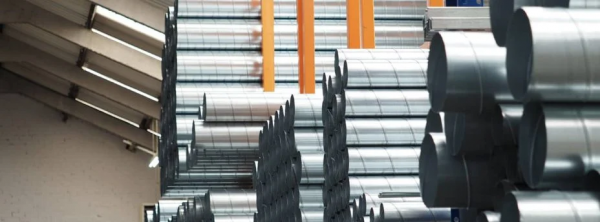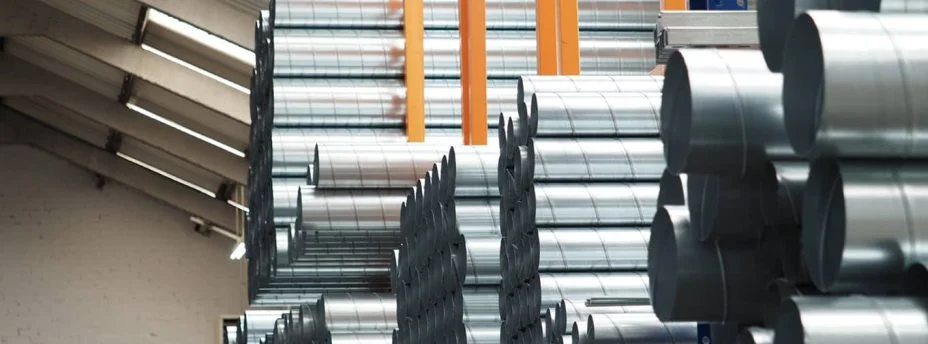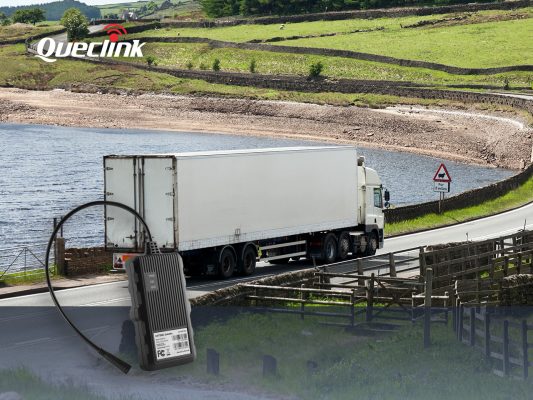Ducting systems are vital in maintaining a healthy and climate-controlled environment within workplaces and buildings. However, just like any other essential equipment, these systems require regular maintenance to perform optimally.
 Amidst the array of methods available for keeping ducting systems clean and efficient, one formidable solution stands out: the use of duct trucks. These specialised vehicles offer a comprehensive approach to duct maintenance. They have advanced features to enhance indoor air quality, improve HVAC performance, and benefit occupants and building operators.
Amidst the array of methods available for keeping ducting systems clean and efficient, one formidable solution stands out: the use of duct trucks. These specialised vehicles offer a comprehensive approach to duct maintenance. They have advanced features to enhance indoor air quality, improve HVAC performance, and benefit occupants and building operators.
Critical features of duct trucks
Duct trucks, also called duct cleaning trucks or vacuum trucks, are specialised vehicles developed for cleaning, inspecting, and maintaining HVAC (Heating, Ventilation, and Air Conditioning) systems. They feature high-capacity vacuum systems that can generate strong suction to remove dust, debris, contaminants, and particulates from air ducts.
These lorries come with various specialised cleaning tools, brushes, and attachments designed to dislodge and remove built-up dirt and debris from the interior surfaces of air ducts.
Some vehicles also have inspection cameras, allowing technicians to see inside the ductwork and identify potential issues or damage. Air compressors may be included to provide compressed air for cleaning and blowing out debris.
Moreover, duct trucks feature advanced filtration systems to capture and contain the dust and contaminants removed from the air ducts, ensuring they do not re-enter the indoor environment.
Some lorries even offer remote control capabilities for operating vacuum and cleaning functions, allowing technicians to access hard-to-reach areas more effectively.
Where are they used?
These units are incredibly versatile and can be used in the following scenarios:
1. Duct cleaning: The primary purpose of duct trucks is to clean and remove accumulated dust, dirt, mould, allergens, and other contaminants from HVAC air ducts. This improves indoor air quality, energy efficiency, and the overall performance of these systems.
2. Maintenance and upkeep: Regular duct cleaning and maintenance can extend the lifespan of HVAC systems, reduce the risk of breakdowns, and improve the effectiveness of heating and cooling systems.
3. Restoration: Duct trucks can be used in post-construction or renovation scenarios to clean out debris, construction dust, and other materials that may have entered the ductwork during building work.
4. Indoor air quality improvement: By removing contaminants from air ducts, these HGVs contribute to better indoor air quality, which is essential for the health and comfort of building occupants, especially those with allergies or respiratory issues.
Why you should consider using duct trucks
There are many reasons for someone to choose to use a duct truck to clean their ducting system. The first one is that they have powerful vacuums that can remove a lot of dirt, dust, and allergens from air ducts. This is important because air ducts can become heavily contaminated over time, leading to health problems such as allergies, asthma, and respiratory infections.
Additionally, duct trucks have long hoses that can reach deep into air ducts, easily accessing hard-to-reach areas, such as the back of air registers and the bends in the ductwork. They also have safety features to protect technicians from exposure to contaminants.
Duct trucks downsides
While duct trucks offer several advantages, it’s essential to consider their potential drawbacks.
Acquiring and operating duct trucks can be costly for businesses, especially for smaller HVAC service providers. The initial investment includes purchasing a specialised vehicle, equipment and training technicians to operate it effectively. Additionally, regular maintenance and fuel costs contribute to ongoing expenses.
While these vehicles are designed to reach various parts of duct systems, they might have limitations in accessing extremely tight or hard-to-reach spaces within a building’s ductwork.
They are often equipped with robust vacuum systems and air compressors, which can generate considerable noise during operation. This noise can disrupt building occupants and nearby environments, making it challenging to perform cleaning in sensitive or occupied areas.
Another issue is the equipment’s reliance on electrical power, water, and disposal facilities. Providing these essential resources might be challenging in some situations, such as remote or outdoor locations, limiting the cleaning process’s effectiveness.
In conclusion, while duct trucks offer substantial advantages for maintaining HVAC systems and indoor air quality, it’s crucial to carefully weigh the potential limitations before deciding to use these specialised vehicles.




